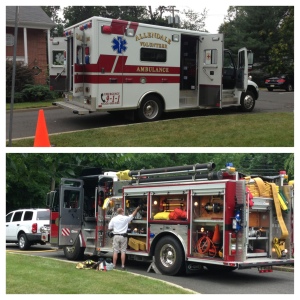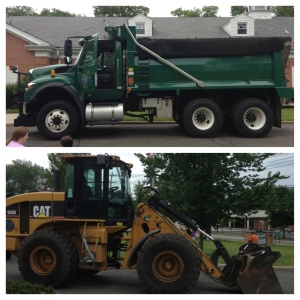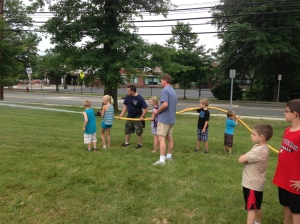This post is way, way overdue, but March has been a crazy month for me! I had the wonderful fortune of attending PLA two weeks ago, but also the poor luck of coming down with a horrible flu-like bug as soon as I got back to NJ. Also, my director is leaving at the end of the month, which will leave me Interim Director effective Thursday. Exciting, but also a bit nervewracking!
Anyway, PLA was an absolutely amazing experience, and I’d like to write about it. My library was generous enough to pay for both my boss and me to attend, and we flew in Tuesday morning. Indianapolis is a nifty little city, and we had a great time exploring all the different restaurants and attractions. The best part, though, was definitely the different programs I got to attend while I was in town.
This was the first time PLA kicked off each day with a morning “Big Ideas” session. I was lucky enough to see both Simon Sinek and Amy Cuddy present variations on their popular TED Talks. From a management and leadership perspective, I learned so much from the two of them. Who thought body language would have such a direct correlation to success, as Cuddy pointed out? I also plan to start reading Sinek’s first book, Leaders Eat Last, this week.
One of my favorite panel discussions was one on teen programming, presented by Katie, Angie, Kelly, and Drea. No matter what I do, I have trouble getting teens to come out for my YA programming in large numbers. This program reassured me that a) I’m not crazy, and b) it can never hurt to branch out and try new things. I have so many ideas that I can’t wait to implement this summer!
I also saw a really fun program about playspaces in children’s departments. This was perfect because of my department’s upcoming renovation. Unfortunately, we don’t have the money or space to devote an entire area of our Children’s Room to play, but I absolutely want to try Kiera Parrot’s idea of portable play kits. I may actually start stocking my department with these before the renovation.
Another great aspect of the conference was all the networking! It was neat to meet people that I’d previously only encountered on Twitter and/or the blogosphere. I met lots of other great librarians from across the country (and even Canada!) too. I’m a geek and love hearing about how different areas structure their libraries and departments.
In short, this experience, although exhausting, was so, so worth it. I can’t wait for Denver in 2016!








